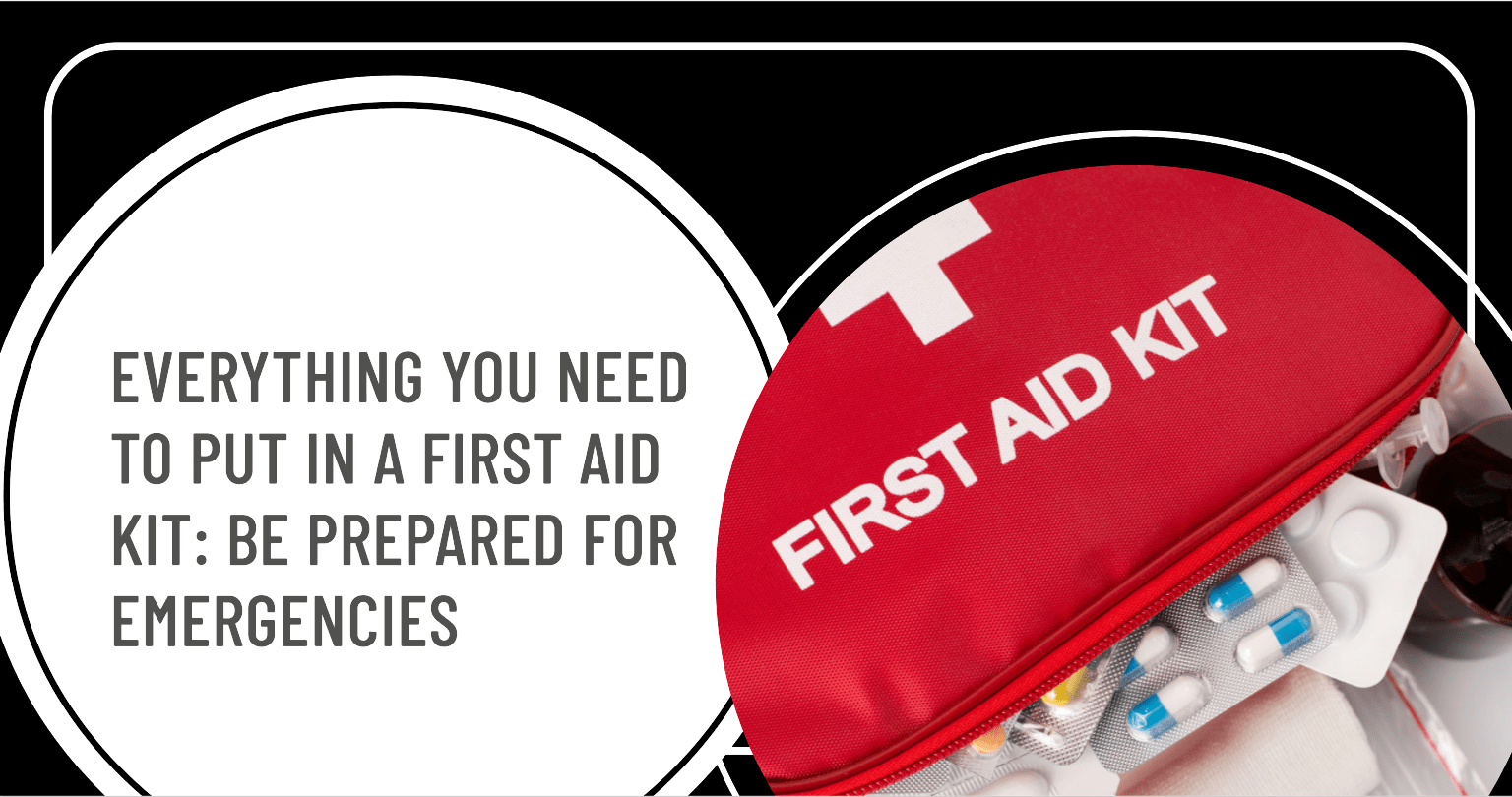Accidents and emergencies can happen unexpectedly, and having a well-stocked first aid kit is essential for providing immediate care and potentially saving lives. Whether you’re at home, travelling, or engaging in outdoor activities, a properly equipped first aid kit can make a significant difference in managing injuries and ensuring quick and effective treatment.
In this article, we will provide a comprehensive guide on everything you need to include in a first aid kit, from basic essentials to specialised items for specific situations.
What is a First Aid Kit?
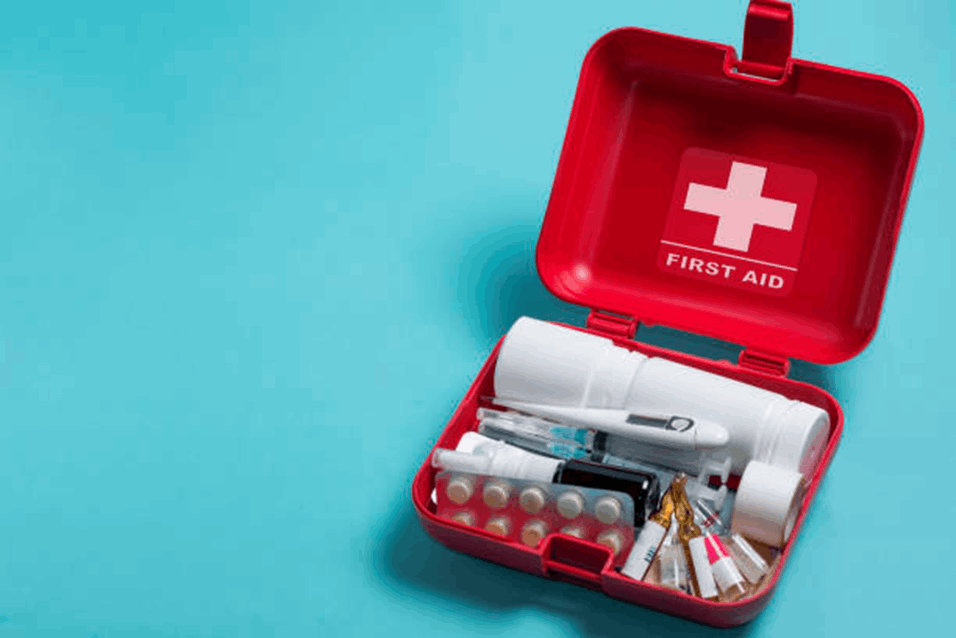
A first aid kit is a collection of medical supplies and equipment that is used to provide immediate care and treatment for injuries or illnesses. It is designed to be easily accessible and portable, allowing for quick response in emergency situations. First aid kits are typically used in homes, workplaces, schools, vehicles, and during outdoor activities.
The main purpose of a first aid kit is to provide initial medical assistance before professional medical help arrives. It allows individuals to administer basic first aid and stabilise a person’s condition to prevent further injury or deterioration until professional medical care can be obtained.
It is important to regularly check and restock a first aid kit to ensure that all supplies are up to date and not expired. Additionally, it is crucial to familiarise yourself with the contents of the kit and have a basic understanding of first aid procedures to effectively respond to emergencies.
Having a well-equipped first aid kit readily available can make a significant difference in providing immediate care, reducing the severity of injuries, and potentially saving lives.
Essential First Aid Kit Supplies

When assembling your first aid kit, it’s crucial to include the following essential supplies:
- Adhesive Bandages- Adhesive bandages, commonly known as Band-Aids, should be included in various sizes and shapes. They are used to cover and protect minor cuts, scrapes, and blisters.
- Sterile Gauze Pads and Rolls- Sterile gauze pads and rolls are essential for cleaning wounds and applying pressure to control bleeding. They come in different sizes and can be used for both minor and moderate injuries.
- Adhesive Tape- Adhesive tape is used to secure dressings and help keep them in place. It is particularly useful for securing gauze pads or bandages over larger wounds.
- Antiseptic Solution or Wipes- Antiseptic solutions or wipes are used to clean wounds and prevent infection. They can be applied before dressing the wound to reduce the risk of bacterial contamination.
- Disposable Gloves- Disposable gloves should be included to protect both the patient and the caregiver from contamination. They should be latex-free to accommodate individuals with latex allergies.
- Scissors and Tweezers- Scissors and tweezers are essential tools for a first aid kit. Scissors can be used for cutting tape, clothing, or bandages, while tweezers are useful for removing splinters or debris from wounds.
- Safety Pins- Safety pins are handy for securing bandages or creating slings to immobilise injured limbs. They can also be used in makeshift repairs for torn clothing.
- Instant Cold Packs- Instant cold packs provide immediate relief for sprains, strains, or minor burns. They can help reduce swelling and alleviate pain.
- Digital Thermometer: A digital thermometer allows you to monitor body temperature, which is essential in determining if someone has a fever or is experiencing hypothermia.
- CPR Face Mask- A CPR face mask is a crucial item for performing cardiopulmonary resuscitation (CPR) safely. It provides a barrier between the rescuer and the person in need, reducing the risk of infection transmission.
Medications and Ointments
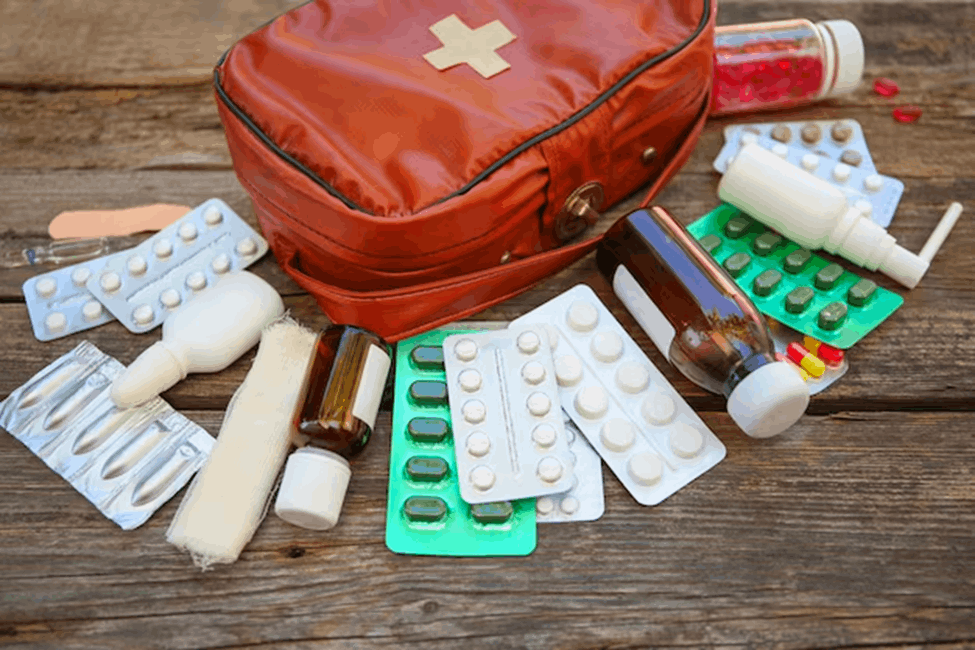
In addition to basic supplies, it’s important to include the following medications and ointments in your first aid kit:
- Pain Relievers- Over-the-counter pain medications such as acetaminophen or ibuprofen can help alleviate pain and reduce fever. They are useful for managing headaches, muscle pain, or minor injuries.
- Antihistamines- Antihistamines are useful for treating allergic reactions or insect bites. They can help relieve itching, swelling, and other symptoms.
- Hydrocortisone Cream- Hydrocortisone cream soothes itching caused by rashes, insect bites, or skin irritations. It can provide immediate relief and reduce inflammation.
- Antacids- Antacids provide relief for indigestion or heartburn. They help neutralise stomach acid and alleviate discomfort.
- Anti-diarrheal Medication- Including anti-diarrheal medication in your first aid kit can help manage mild cases of diarrhoea. This can be particularly important during travel or outdoor activities.
- Prescription Medications- If you or your family members have specific medical conditions, it’s essential to include any necessary prescription medications in your first aid kit. Ensure they are stored properly, and regularly check their expiration dates.
Additional Supplies
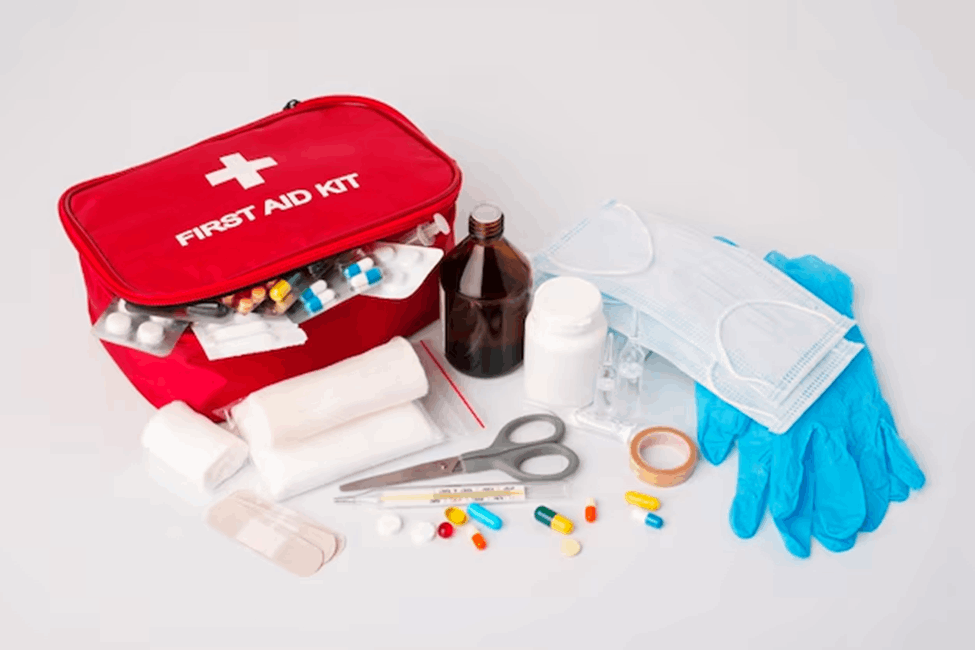
Aside from the essential supplies and medications, consider including the following items in your first aid kit:
- CPR Instructions- Include a step-by-step guide on performing CPR. This can be a printed instruction sheet or a pocket-sized manual.
- First Aid Manual- A comprehensive first-aid manual provides detailed guidance on a wide range of injuries and medical emergencies. It serves as a valuable reference during critical situations.
- Emergency Contact Information- Write down important phone numbers, including emergency services, family members, and healthcare providers. This information should be easily accessible in case of an emergency.
- Medical History and Allergy Information- Keep a record of any relevant medical conditions or known allergies. This information is vital for healthcare professionals and can help guide treatment decisions during emergencies.
- Emergency Blanket- An emergency blanket, also known as a space blanket, provides warmth and protection from the elements. It is particularly useful in cold weather or hypothermic situations.
- Disposable Face Masks- Including disposable face masks in your first aid kit is important, especially during a pandemic or for protection against airborne pathogens. They help reduce the risk of infection transmission.
- Eye Wash Solution- Eye wash solution should be included in case there is a need to flush out foreign objects or chemicals from the eyes. It provides immediate relief and helps prevent further damage.
- Penlight or Flashlight- A penlight or flashlight is a useful tool for examining injuries in low-light situations. It can help assess the severity of wounds or identify objects lodged in the skin.
- Whistle- A whistle is a simple yet effective tool for attracting attention in emergency situations. It can be used to signal for help or alert others to your location.
- Tweezers with Magnifying Glass- Including tweezers with a built-in magnifying glass can assist in removing splinters or performing detailed wound care. The magnifying glass helps improve visibility and precision.
Specialised Items
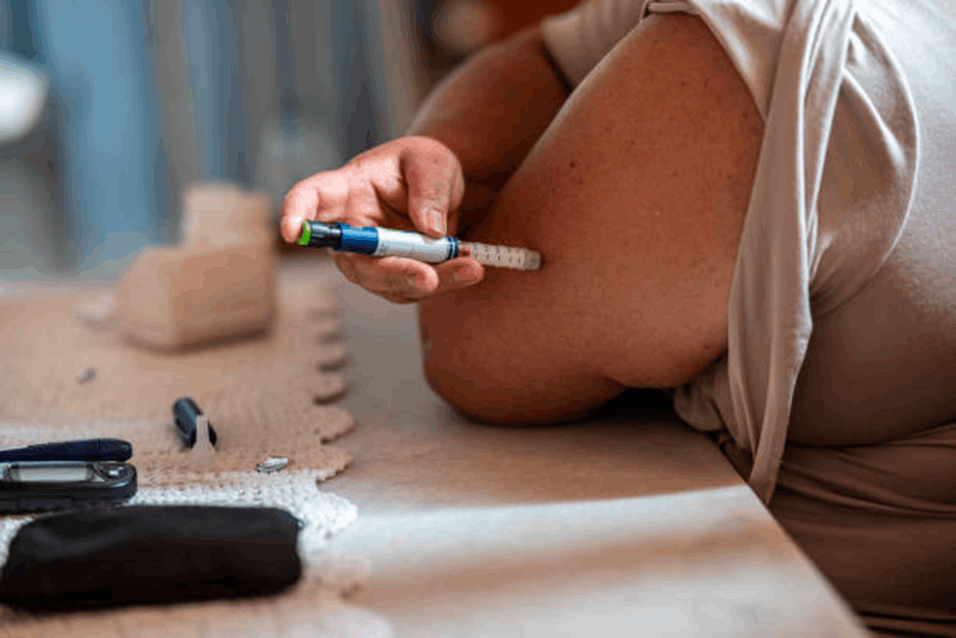
Depending on your specific needs and activities, consider including the following specialised items in your first aid kit:
- EpiPen- If you or someone in your family has a history of severe allergic reactions, consider including an epinephrine auto-injector (EpiPen) in your first aid kit. It can provide immediate treatment for anaphylaxis.
- Tourniquet- A tourniquet is a specialised device used to control severe bleeding that cannot be controlled by direct pressure. It should be included in kits for activities that carry a high risk of major injuries, such as camping, hiking, or sports.
- SAM Splint- A SAM splint is a versatile splinting device that can be used to stabilise fractures or sprains. It is lightweight and easy to mould, making it ideal for outdoor activities or situations where medical help may be delayed.
- Space Blanket- A space blanket, also known as an emergency blanket, is a lightweight, reflective blanket that helps retain body heat. It is particularly useful in cold weather or hypothermic situations, providing warmth and preventing further heat loss.
- Burn Gel or Dressing- Including burn gel or a specialised burn dressing in your first aid kit is crucial for providing immediate relief and promoting healing in case of burn injuries. These products help cool the burn and protect it from infection.
Conclusion
A well-stocked first aid kit is an essential item for any home, workplace, or outdoor activity. By including the necessary supplies, medications, and specialised items discussed in this article, you can be better prepared to handle a wide range of injuries and emergencies.
Remember to periodically check the contents of your first aid kit, replace expired items, and ensure that all family members or colleagues are aware of its location. Being prepared can make a significant difference in effectively responding to emergencies and ensuring the well-being of yourself and others. Stay prepared, stay safe!

